Light academia books to add to your reading list
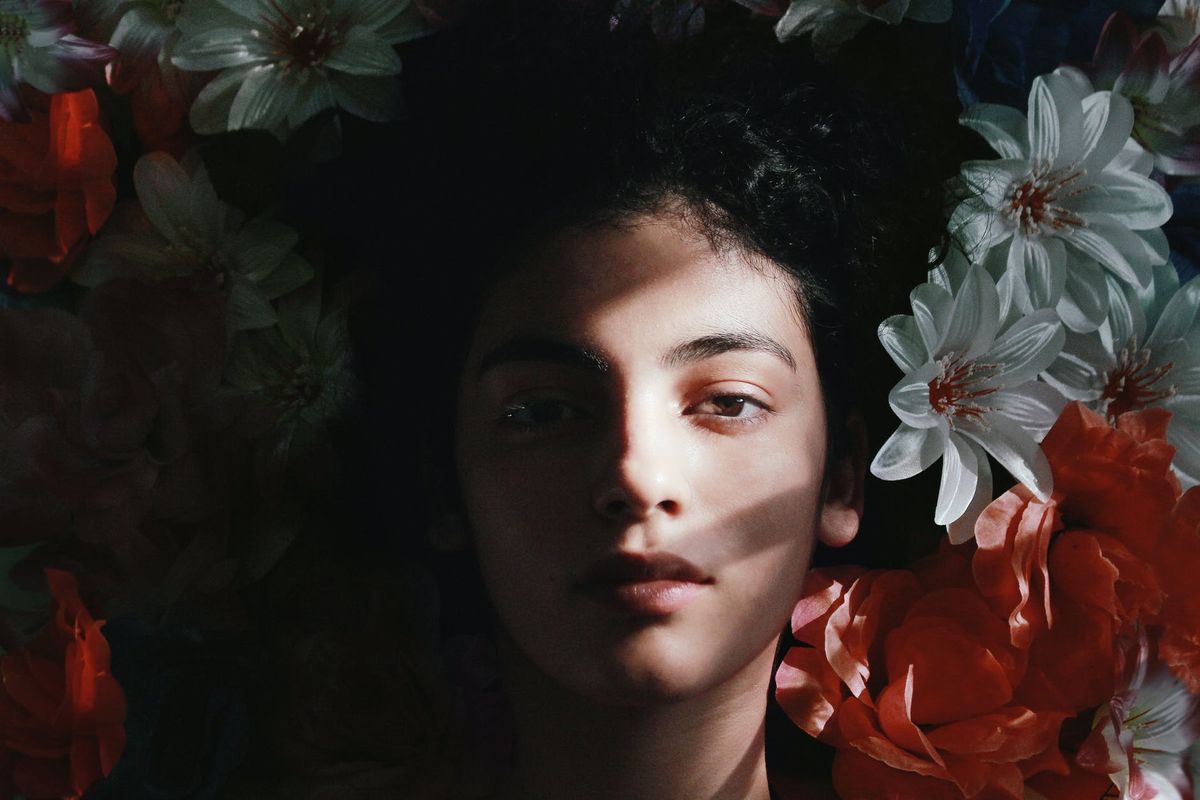
A few minutes every morning is all you need.
Stay up to date on the world's Headlines and Human Stories. It's fun, it's factual, it's fluff-free.
How do you know if light academia books are for you? Do you find yourself yearning for a summer afternoon of reading Emily Dickinson under a tree? Is your wardrobe compiled of white and beige vintage pieces? If yes, head over to your local bookstore and grab these light academia books to read.
After the gothic nerds created a TikTok subculture called dark academia, it was inevitable that its counterpart would emerge on the internet. From lighter color palettes to lighter themes, light academia serves as a crossroads between cottage core – another popular aesthetic focused on idealizing a pastoral lifestyle – and dark academia. In summation, light academia is the 2005 “Pride and Prejudice” – specifically the statue scene.
What does that look like in books? Classic novels with themes like romance, sisterhood and friendship often fall under light academia. That’s not to say the characters don’t face adversity, but light academia books normally guarantee happy, or at least bittersweet, endings.
Like dark academia, light academia has, to put it “lightly,” its conundrums. It draws inspiration from Eurocentrist, classist visuals, themes and literature. Again, light academia has a dearth of POC representation, in part because of its origins. But genres expand and shift every day. So behold our picks for light academia books to add to your reading list.
“Emma” by Jane Austen
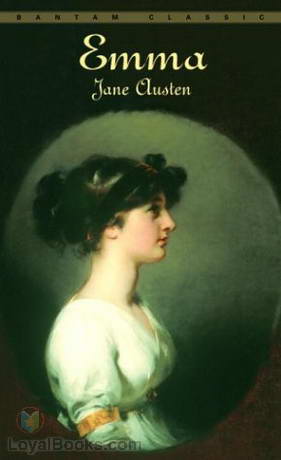
Let’s begin with a classic. “Pride and Prejudice” would have been too textbook for this list, though any Jane Austen book in a light academia list could be described as textbook. Emma Woodhouse sits at the height of society. She’s young, beautiful and wealthy with a brain to match.
Speaking of, Emma dabbles in matchmaking. When her new matchmaking project goes awry, Emma must examine her treatment of others and confront the reality of her position in society. But, as always with Austen, regency England gets another happy ending.
“How to Write an Autobiographical Novel: Essays” by Alexander Chee
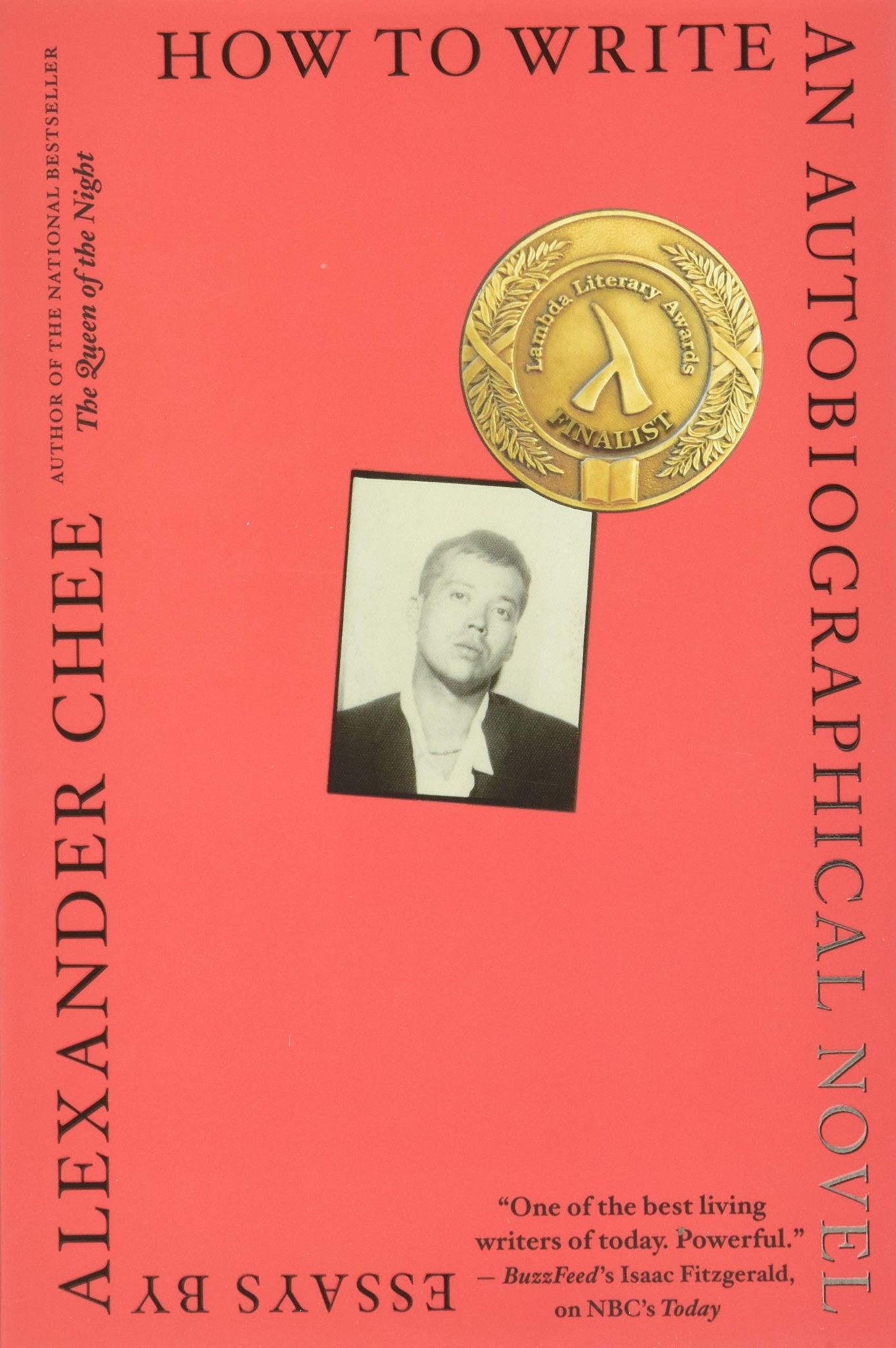
The matte red cover with a young photograph of Chee doesn’t give off a light academia vibe, but it’s certainly a book for academics. The essays range from muses on a garden and a summer trip to Mexico to analyses of America’s political climate and confrontation of childhood trauma.
Though ripe with trials, Chee’s memoir refuses to succumb to its sometimes grim subject matter. As a result, each essay leaves you feeling like you’ve gained something, while dark academia books can feel like they take and take.
“Little Women” by Louisa May Alcott
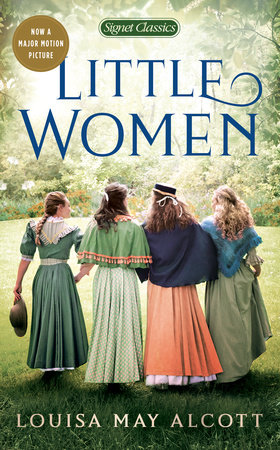
Another classic book, Alcott’s “Little Women,” follows the March sisters through death, poverty, growth, love and life. You can’t help but root for every character because each of them has innate goodness even if they annoy you (We’re looking at you, Amy).
“Circe” by Madeleine Miller
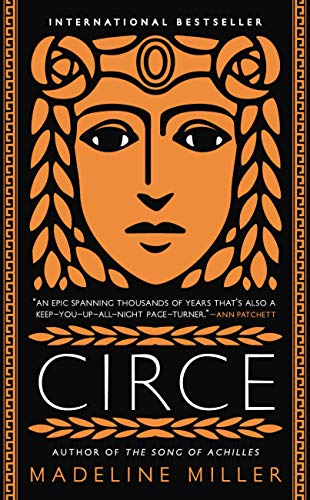
Unlike the tragic ending of “Song of Achilles,” Madeleine Miller brings us the hopeful tale of an immortal that falls in love with mortality. Known for her appearance during Odysseus’s voyage, Circe is the daughter of a Titan and a nymph. Her family shuns her for her plain appearance and human voice; Circe’s siblings revel in their beauty and in belittling her.
An encounter with a fellow immortal forever shifts her view of humans, and when she discovers her affinity for witchcraft, she finally gets the chance to meet mortals. Banished to a remote island, Circe encounters many humans, including Odysseus and Medea. After both traumatizing incidents and beautiful relationships with humans, Circe chooses between her immortal family and the humans she has come to love.
“Sula” by Toni Morrison
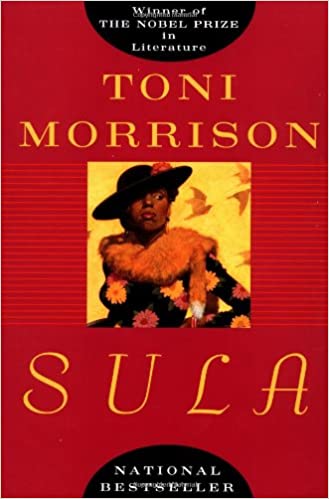
Two best friends in a Black Ohio neighborhood define what it means to be sisters not bound by blood. Sula and Nel are opposites. While Sula embodies spontaneity, Nel is obedient and cautious. Set up as foils to one another, these two friends experience joy and betrayal at each other’s hands. Morrison questions the black and white lines of good versus evil through Sula and Nel’s friendship.
“If Not, Winter: Fragments of Sappho” by Anne Carson
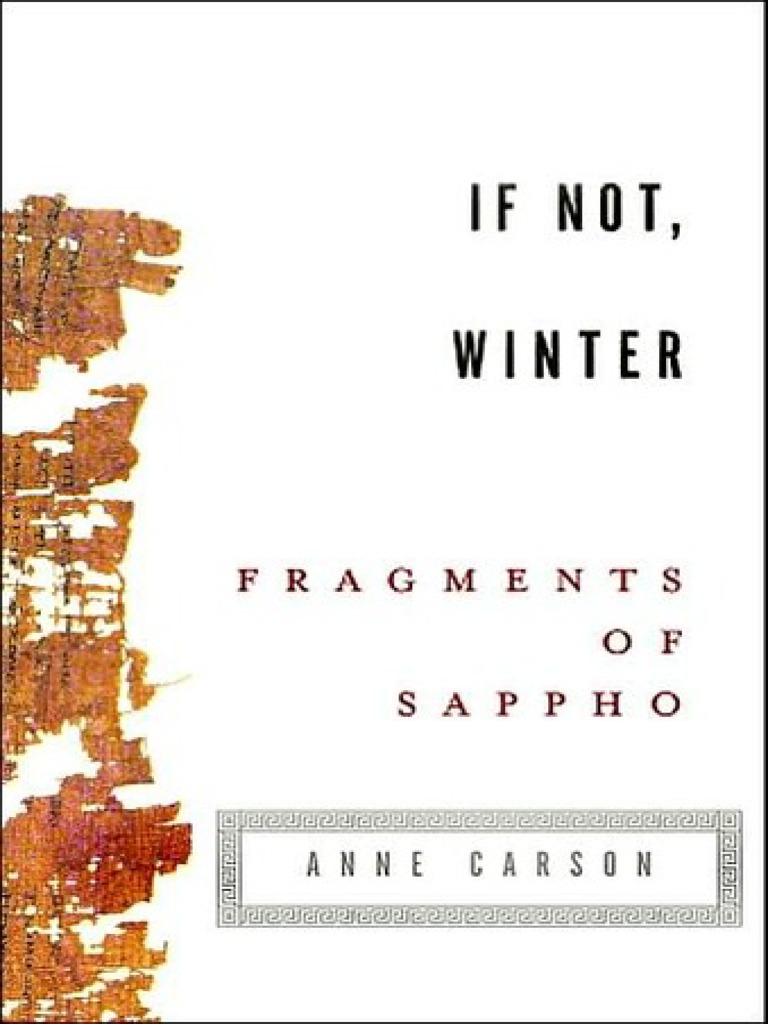
Sapphic poetry inside a simple paperback adorned with aged script? Sounds like light academia. Anne Carson brings us an evocative translation of Sappho’s works. Carson’s use of white space and brackets to denote missing text brings the piece to life. Instead of filling in empty space, Carson lets the reader envision how these poems were originally written.
“Chocolat” by Joann Harris
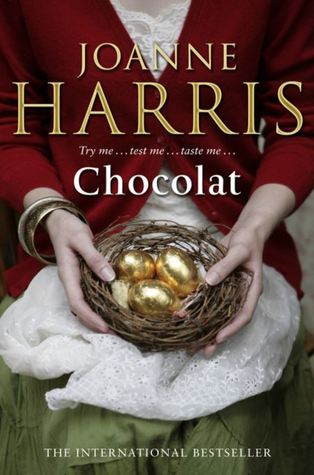
Joann Harris brings us a tale of delights and vice – and how some confuse the two – in a rural French village. Characters include a conniving, Puritanical preacher, a chocolatier with a bit of magic, a woman fighting for her freedoms in old age, a repressed boy, an imaginative girl, a man devoted to his dog and more.
Join the tiny town of Lansquenet-sous-Tannes at the commencement of Lent (and a battle between chocolate and religion). Any fan of light academia will love this story for its characters, messages and aesthetic. There may or may not be a movie adaptation starring Juliette Binoche and Johnny Depp. Read the book first – trust us.
If you like this list, be sure to check out our collection of recommended dark academia books.
Have a tip or story? Get in touch with our reporters at tips@themilsource.com

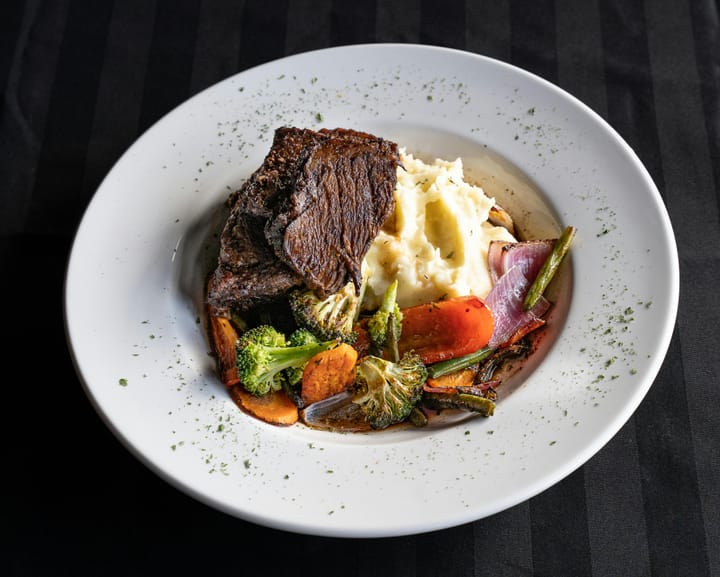


Comments ()